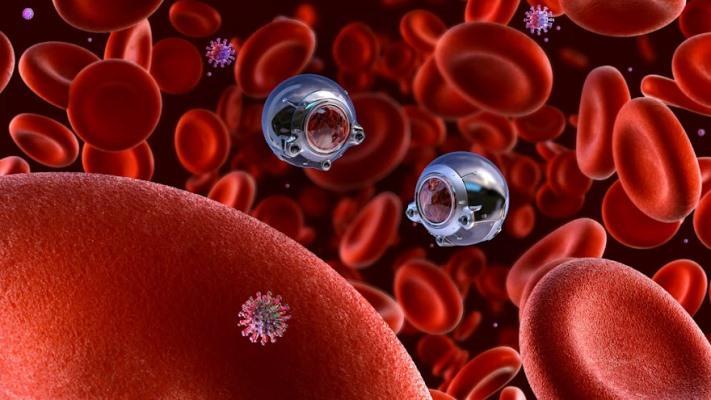Small-scale robotics, known as microrobots, may have the potential to treat and diagnose persistent infections, including odontogenic infections (eg, interdental caries).

The innovation can be used to combat odontogenic infections, including infections between teeth, where access to antibiotics is difficult. In addition, this technology may reduce antimicrobial resistance, the authors write.
“The integration of microrobots into healthcare represents a paradigm shift in how we approach medical procedures, promising more effective and less invasive options,” said Edward Stieger, a PhD candidate at Penn State's School of Engineering and Applied Sciences.
Since 2017, Stiger and Dr. Heng Koo, Ph.D., of the University of Pennsylvania School of Dentistry, have been developing new, more effective ways to combat biomedical problems such as treating biofilms.
In addition to treating and removing biofilms by fighting infections, microrobots offer a new way to collect microbial samples that could ultimately be used to diagnose other diseases.
The future of microbotics, especially in healthcare, depends on the integration of large amounts of data and artificial intelligence, using vast biomedical data to identify unprecedented patterns in human health and disease.
This information improves the accuracy, efficiency and effectiveness of microrobotic systems, and the merging of big data with robotics opens up opportunities for personalized medicine based on individualized data analysis. It also means a shift, they say, in which diagnostics in medicine and sensing in robotics overlap to create less invasive treatments for hard-to-reach infections.
“We're talking about a future in which robotics not only treats, but also detects and analyzes infections, using big data for more precision healthcare,” Stiger said.
